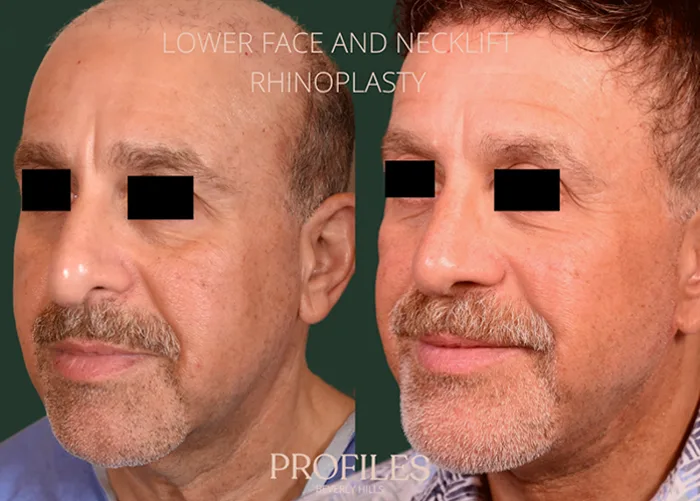

Posted by Dr. Litner and Dr. Solieman on October 14th, 2014
With all of the preparations involved in planning their facial surgery, many patients forget to plan out their post-surgery diet. Your diet can dramatically impact your recovery period – for better or for worse. Take some time to understand why diet is important so that you can plan your post-recovery diet appropriately.
How a Healthy Diet Can Speed Recovery
After any type of your surgery, your body will be very busy repairing wounds and warding off intruders that could cause infection. You can support these processes by providing your body with the nutrients it needs to work at full capacity.
The best foods to eat during your recovery are clean, real foods that are packed with vitamins and minerals. In general, you should avoid processed foods (things that come in a packet or have ingredients with names you can’t pronounce) and stick to whole foods. Fruits and vegetables will supply your body with a steady stream of vitamins and minerals. Meat and healthy fats will give your body the energy and protein needed to maintain weight and energy levels. Together, these foods will help decrease the risk of infection and speed the healing process.
What to Eat
We recommend modeling your post-surgery diet around the MyPyramid guidelines, which outlines the food groups you should incorporate into your daily diet. You should also include foods that are known to boost the immune system, while avoiding foods that could stimulate an inflammatory response in your body. If a certain food group bothers you, do not include it in your recovery diet (for example, leave out dairy if you’re lactose intolerant or whole grains if you cannot eat gluten).
Anti-Inflammatory Foods
Many surgeons recommend including certain anti-inflammatory foods in your recovery diet. These foods contain ingredients that can help prevent excessive swelling and bruising. To get these great benefits, be sure to include plenty of leafy greens, apples, citrus fruits, and pineapple in your diet. Capers and red onions are also known to be anti-inflammatory.
Drink Plenty of Water
The recovery period is not a time to skimp on water! As with before surgery, it’s recommended that you drink at least 8 glasses of water per day. You may need to drink more if you are taking certain medications. Your surgeon will advise you if this is the case.
Plan Ahead
You may wish to consider preparing healthy meals ahead of time so that you can simply defrost and reheat them. While you’re recovering, you will probably not feel like cooking. Plan ahead to avoid the temptations of fast foods or takeaway dinners.
If you’re not ready to eat solid foods for a few days, you might enjoy sipping on some healthy smoothies. For a healing smoothie, try mixing in different fruits and vegetables including fruits, berries, leafy greens, and avocados.

When it comes to aesthetic transformation, the narrative has often been predominantly female-centric. At PROFILES Beverly Hills,...

Understanding the Differences and Deciding What's Right for You Facial plastic surgery can sometimes feel like deciphering a...

If you’re unhappy with your nose job results then you need to read this! Rhinoplasty, commonly referred to as a nose job, is a...

ASK US ANY QUESTION

Sign Up For Our Newsletter
to Receive Special Offers!